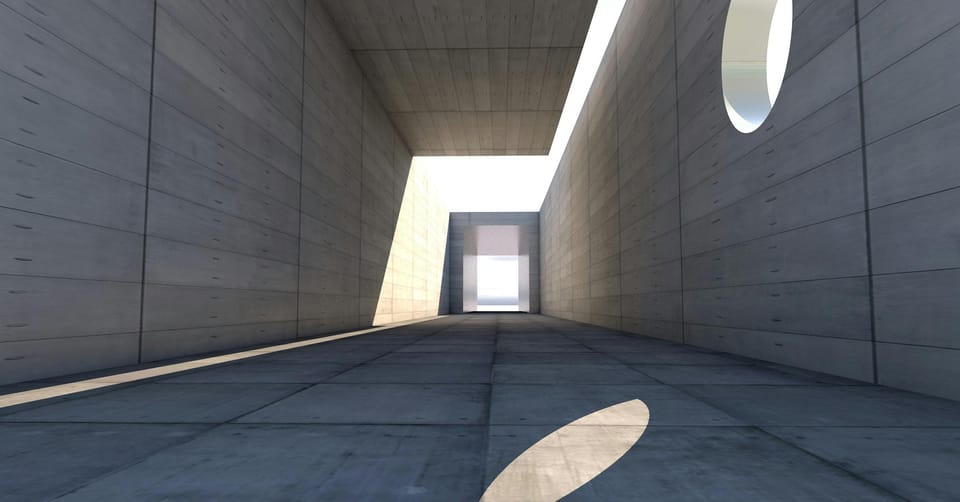Friday Inspo: Ai for Good

Here are the cool things I found this week: I’m diving deep into The Book of Eels by Patrik Svensson and wow, eels are wild. No one really knows where they come from or why they migrate the way they do, and their life cycle reads more like myth than science. They’re slippery, mysterious, and surprisingly poetic.
I hope you enjoy all these little moments that gave me joy this week.
1. AI for Good
Microsoft deployed its AI for Good Lab to rapidly assess building damage in Mandalay following Myanmar's 7.7 magnitude earthquake that struck on Friday. The team created a customized AI model that analyzed satellite imagery from Planet Labs to identify over 2,000 damaged buildings, despite initial challenges with cloud cover obscuring the view.
2. Feral Atlas
This online “atlas” is like an interactive art-science hybrid. It maps ecological devastation through strange, poetic entries, things like “infrastructure-induced erosion” and “feral ecologies.” It’s made by anthropologists, artists, and scientists, and it’s both informative and haunting.
3. Arc Prize
The Arc Prize Foundation, co-founded by AI researcher François Chollet, has introduced ARC-AGI-2, a new test designed to evaluate artificial general intelligence (AGI) by presenting AI models with novel, puzzle-like problems that require adaptive reasoning.
Leading AI models, including OpenAI’s o1-pro and DeepSeek’s R1, scored between 1% and 1.3% on this test, while models like GPT-4.5, Claude 3.7 Sonnet, and Gemini 2.0 Flash scored around 1%.
In contrast, human participants averaged a 60% success rate. ARC-AGI-2 emphasizes not only problem-solving accuracy but also the efficiency of learning new skills, addressing previous test limitations that allowed solutions through extensive computational power. The foundation has also launched the Arc Prize 2025 contest, challenging developers to achieve 85% accuracy on ARC-AGI-2 with a cost of only $0.42 per task.
4. 3D printed soil
There are architects and scientists experimenting with robotic arms that 3D-print using soil and seeds, so the walls themselves become living structures. These buildings are designed to erode, support plant life, and even decompose naturally: construction with a built-in death date. "To grow a building" project was showcased during Jerusalem Design Week, this project explores the fusion of 3D printing technology with organic materials like soil and seeds. The goal is to create living structures that integrate with their environment.
5. Suno: make a song
Suno is an AI-powered music creation platform that democratizes songwriting by allowing users to generate original songs effortlessly. With Suno, you can create music from text prompts, images, or videos, and even write original lyrics with ease. The platform offers features like personalized playlists and the ability to record or upload audio for song creation. Available as a web application and mobile app, Suno provides 50 free credits daily on the Basic Plan, with subscription options for enhanced access.
Listen to my song here, made in 58secs.
Human prompt
What if buildings were meant to rot? What if architecture embraced decay instead of resisting it: structures designed to crumble, seed new life, or merge back into the earth? How would that change our relationship to space, memory, and permanence?
